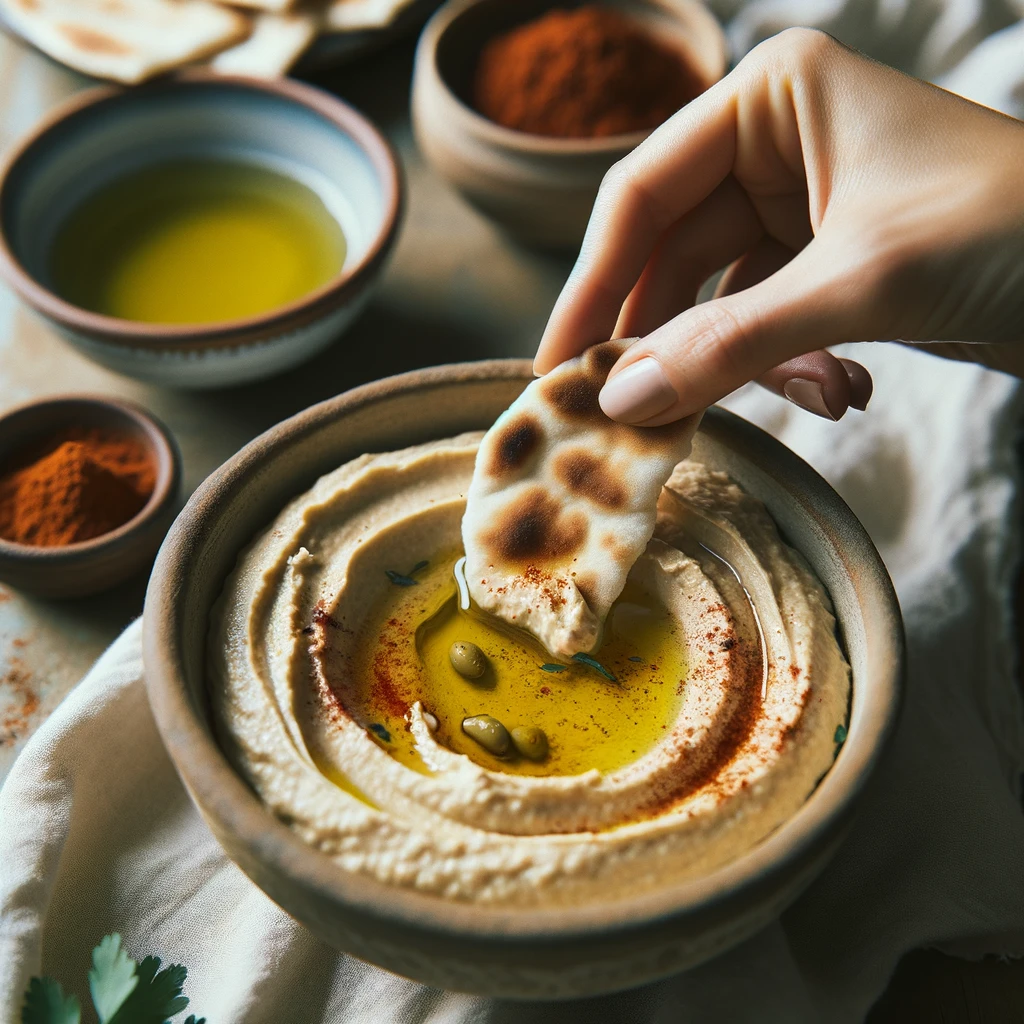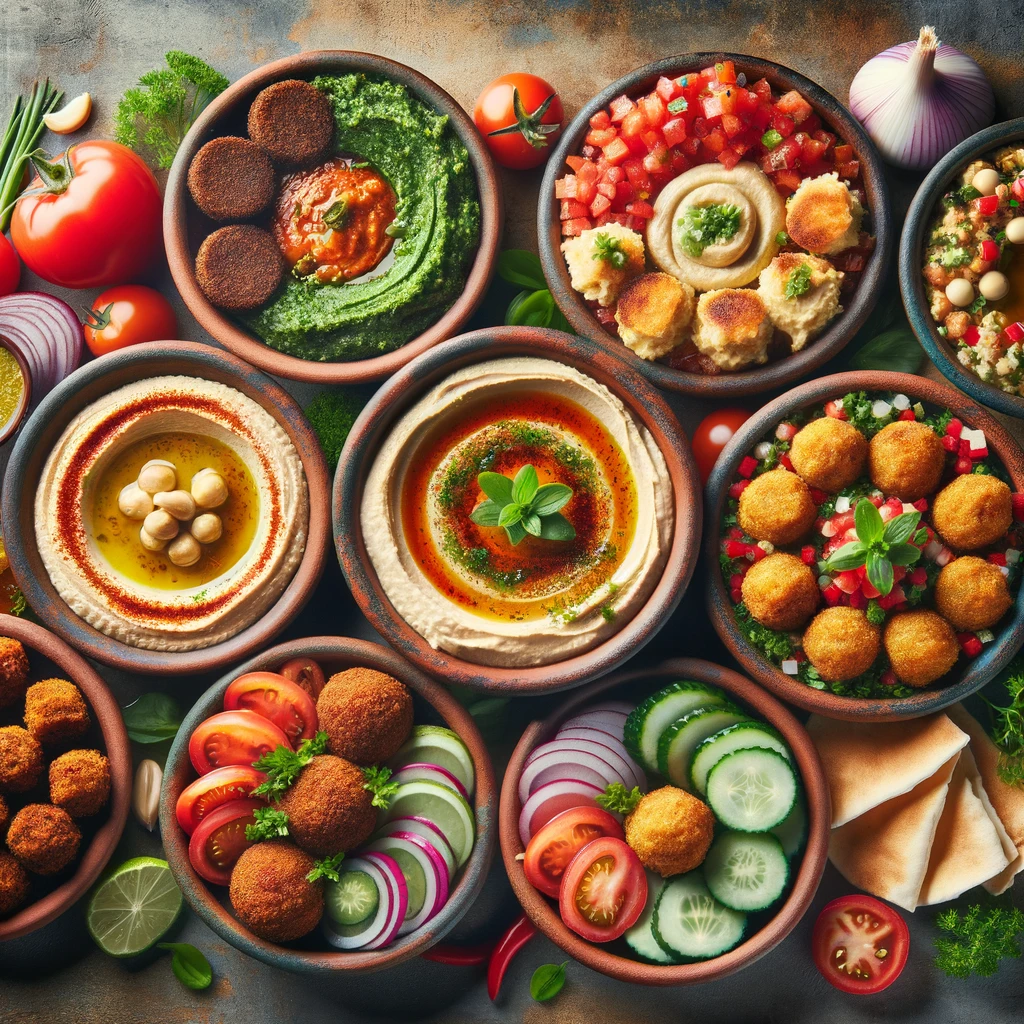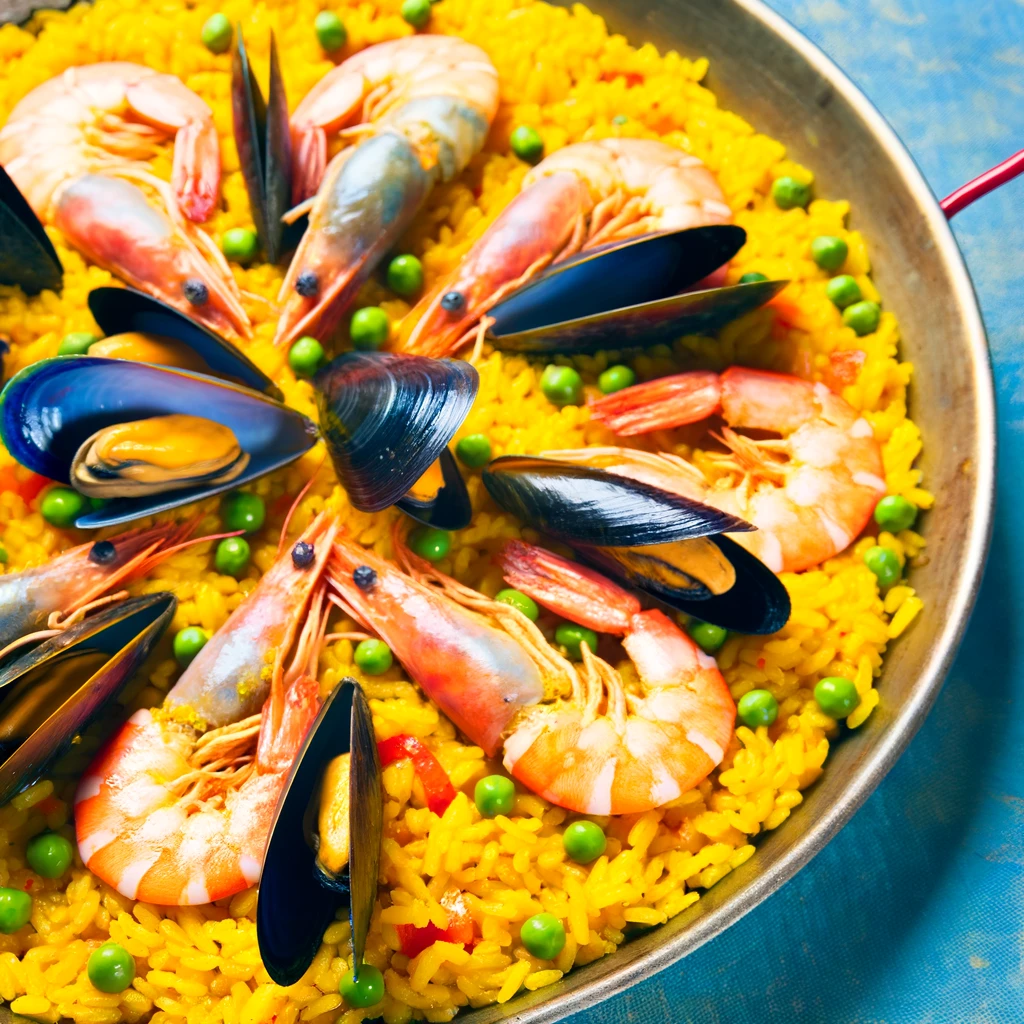From the bustling souks of Marrakech to the vibrant streets of Beirut, the Middle Eastern mezze has cemented its status as a beloved culinary tradition. These small dishes, meant for sharing, offer a tantalizing array of flavors, textures, and aromas, setting the stage for a communal dining experience that transcends borders.
Origins of the Mezze Tradition
The term “mezze” derives from the Arabic word “mazmiz,” which means to savor in small bites. This centuries-old tradition can be traced back to the Ottoman Empire, where it was customary to serve these small dishes before the main meal. Over time, mezze evolved, absorbing influences from various cultures and regions.
In the Middle East, meals are more than just sustenance; they are an integral part of the social fabric. Mezze, with its variety of dishes, reflects this ethos. It’s about gathering, sharing, and indulging in conversations over delicious food.
A Symphony of Flavors
The beauty of mezze lies in its diversity. Here are some iconic dishes:
- Hummus: A creamy blend of chickpeas, tahini, lemon, and garlic, often garnished with olive oil, paprika, and parsley.
- Tabbouleh: A refreshing salad made with finely chopped parsley, mint, tomatoes, and bulgur, dressed in lemon juice and olive oil.
- Falafel: Deep-fried balls of ground chickpeas or fava beans, seasoned with herbs and spices.
- Kibbeh: A mixture of finely ground meat, bulgur, and spices, often shaped into balls or patties and fried or baked.

The Mezze’s Journey Beyond the Middle East
As with many culinary traditions, mezze has traveled and adapted. In Greece, you’ll find similarities with their “mezedes,” featuring dishes like tzatziki and spanakopita. The tapas tradition in Spain also echoes the spirit of mezze, emphasizing shared dishes and social dining.
Interestingly, mezze’s influence has also reached farther shores. In the Philippines, a dish called “kibbeh” bears a striking resemblance to its Middle Eastern counterpart, a testament to the Arab traders’ influence in the region centuries ago.
Mezze in the Modern Era
Today, mezze has found its way into fine dining establishments and street food stalls alike. In cities like London, New York, and Sydney, restaurants offer contemporary takes on classic dishes, reflecting the global palate’s evolution. But at its heart, the essence of mezze remains unchanged: it’s about bringing people together.
Conclusion
The mezze tradition embodies the Middle Eastern ethos of hospitality and generosity. It’s a celebration of flavors, a testament to the region’s rich culinary heritage, and a reminder of the universal joy of sharing a meal with loved ones.



